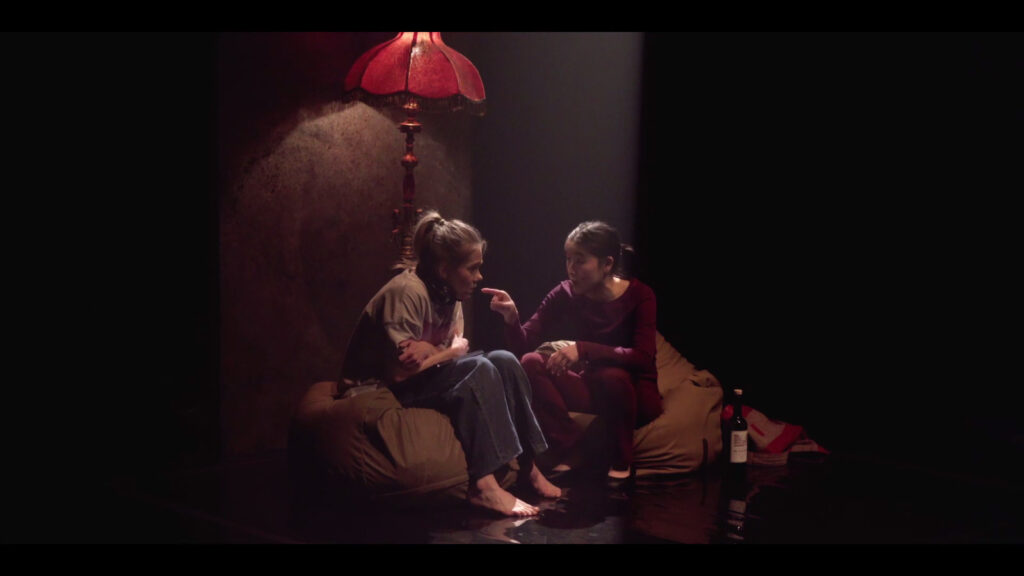A theatrical dive into the shadows of womanhood.
A 30th birthday? What’s there to fear about hitting that milestone? But what if it’s a convergence of all things going wrong?
Society’s expectations grow heavier with each passing year. Every added responsibility feels like a suffocating weight. Your once-familiar room now feels estranged and echoes with a profound emptiness. Imagine commemorating three decades of existence in a state that mirrors death more than life itself. Welcome to Still Life, a gripping theatrical experience freshly translated from French to English, debuting at the 2024 Wildside Festival in Montreal.
“It is a big play, that jumps around in time, and through the psychological and physical states of a woman trying to understand what is happening to her,” said Emma Tibaldo, director of Still Life.
Annually, the Wildside Festival—taking place from Jan. 18 to Feb. 8 this year—spotlights independent and experimental theatrical works from Quebec and beyond. Still Life is the starting act of a total of six plays, and it was written by playwrights Marie-Ève Milot and Marie-Claude St-Laurent of Théâtre de l’Affamée. It is currently in the process of being reworked for its official release this fall.
The play features five actors—a main character and four others that serve as a chorus—simultaneously portraying the protagonist’s inner thoughts as well as those of the other characters in the narrative.
The use of lighting is significant, creating intense moments of claustrophobia in the protagonist’s mental landscape. Thoughts may seem fragmented and elusive, yet they resonate with a raw sense of authenticity, even when they verge on the surreal.

From Hannah Wilke to Joseph Beuys, the main character effectively employs art references to vividly capture universal feelings of anxiety.
Such was the case for Nidaa Badwan, a Palestinian artist who voluntarily confined herself to her 100-square-feet apartment for 20 months in 2013. Badwan tried to construct her own reality through art as a form of liberation from the constraints of womanhood in Gaza. Her experience became a recurring reference in the life of Still Life’s protagonist, mirroring aspects of her own emotional turmoil.
But capturing such intense emotions presents its challenges. Cary Lawrence, a cast member of the play, spoke about the potential impact that embodying such raw emotions may have on an actor’s emotional health: “Especially when we were rehearsing the chorus work, we were heavy breathing to the point where we were so lightheaded,” said Lawrence. “You know as actors, that’s our job—to take the words and physicalize them by putting a lot of meaning behind them.”
Director Tibaldo expressed her aspirations for what the piece communicates to its audience upon release in the fall. “I want folks to be aware of the unpredictable effects of anxiety and depression. The way it can cut you down, and completely disempower you,” said director Tibaldo. “The improbable becomes that which can save us. A chance meeting, an extreme act, a possible connection. Maybe just being open to the unexpected can be enough to pull us through.”




